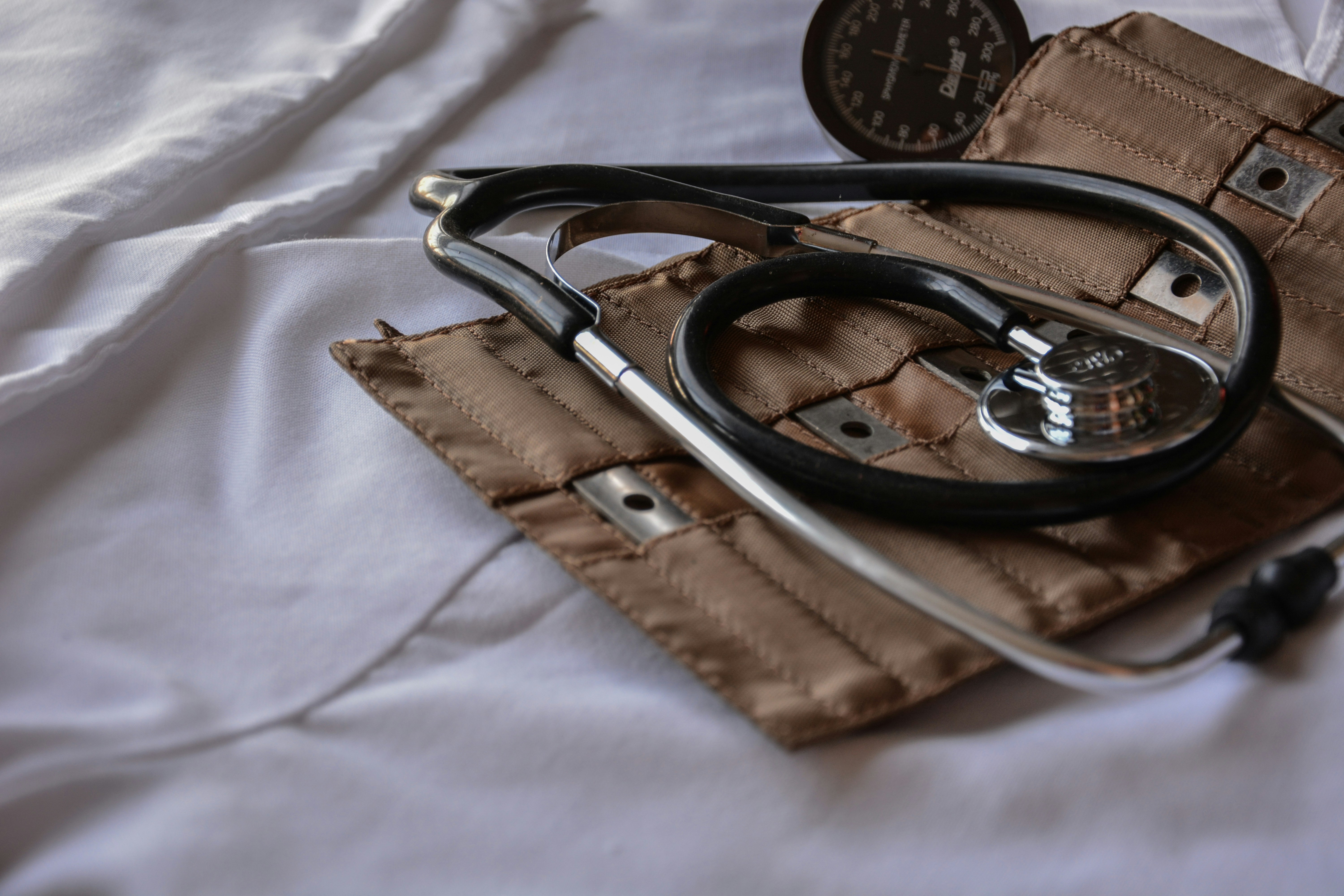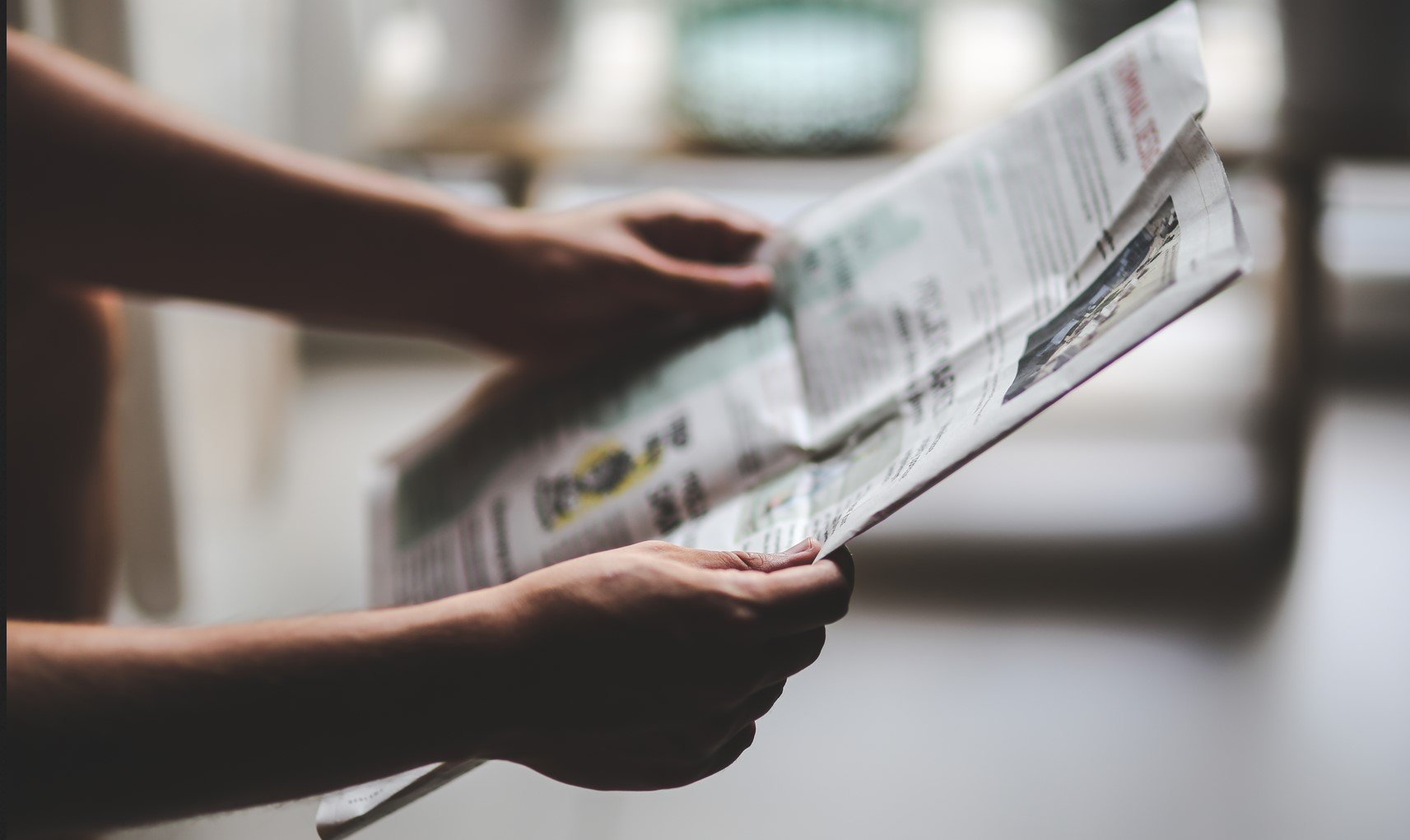
Liberals Win Most Seats, Labor May Form Tasmanian Gov’t
With 63% of enrolled voters counted in today’s Tasmanian state election, The Poll Bludger is projecting that the final results will give the Liberals 39.7% of the statewide vote (up 3.0% since the March 2024 election), Labor just 25.7% (down 3.1%), the Greens 14.1% (up 0.2%), the Shooters 3.2% (up 0.9%), the Nationals 1.7% and independents 15.4%.
Tasmania uses the proportional Hare-Clark system for its lower house elections. As described previously , the five seats Tasmania has at federal elections each return seven members for a total of 35 MPs. A quota for election is one-eighth of the vote, or 12.5%.
The main Poll Bludger page gives projected quotas for each electorate for the Liberals, Labor and the Greens. The Liberals have just under four quotas in Braddon, over three in Bass and Lyons and over two in Clark and Franklin, suggesting 14 definite seats with more possible.
Labor is just above or just below two quotas in all five seats, and should win ten seats. The Greens have 1.8 quotas in Clark, over one in each of Franklin, Bass and Lyons and 0.6 in Braddon, so they should win at least five seats.
Of the independents, environmental campaigner Craig Garland has 0.8 quotas in Braddon and will be re-elected. Left-wing independent Kristie Johnston has 1.3 quotas in Clark , and will also be re-elected. In Franklin , both former Labor leader David O’Byrne and Teal Peter George (0.9 and 1.3 quotas respectively) have been elected.
In Lyons , the Shooters candidate, with 0.6 quotas, is well positioned to win the final seat. In Bass , it appears more complex, but the final seat is likely to go to either the Liberals or the Shooters. None of the three former Jacqui Lambie Network MPs who won seats at the March 2024 election have been re-elected.
Overall, the right-wing parties (Liberals and Shooters) are likely to win 16 of the 35 seats, but Labor, the Greens and left-wing independents are likely to win 19 seats. So even though the Liberals will win the most seats, Labor may be able to cobble together a government, but only if they cooperate with the Greens.
This overall result assumes a 4-3 right split in Bass, Braddon and Lyons, but a 5-2 left split in both Clark and Franklin. In Franklin, the Liberals would be unlucky not to win three with 2.7 quotas, but Labor has 1.8 quotas and preferences from George should assist Labor.
Many pre-poll votes have not yet been counted, and postals won’t be counted until next week. Postals are likely to assist the Liberals. The postal effect should be accounted for by The Poll Bludger’s projections.
A late YouGov poll , conducted July 7-18 from a sample of 931, gave the Liberals 31% of the statewide vote (steady since June ), Labor 30% (down four), the Greens 16% (up three), the Nationals 2%, the Shooters 1% and independents 20% (up two).
A two-party vote is not applicable in Tasmania’s proportional system, but this poll gave Labor a 55-45 lead over the Liberals. Labor leader Dean Winter also led Liberal incumbent Jeremy Rockliff as better premier by 55-45. Rockliff was at -19 net approval and Winter at -13.
The only other public Tasmanian polls were conducted by DemosAU. The final DemosAU poll, which I covered on Tuesday , gave the Liberals 34.9%, Labor 24.7%, the Greens 15.6%, the Nationals 2.7%, the Shooters 1.8% and independents 20.3%.
The results show the Liberals headed for about a 14-point vote share win over Labor, so YouGov badly understated them.
Last Monday the Liberals challenged Teal Nicolette Boele’s 26-vote win in Bradfield at the May 3 federal election to the High Court, acting as the Court of Disputed Returns. Boele will be seated until the court resolves the case.
The court can either confirm Boele’s win, void the election for this seat and order a byelection in Bradfield, or overturn the result and declare the Liberal candidate elected.
After the official declaration of the election on June 12, the 40-day period for legal challenges to the results expires on Tuesday. Tuesday will also be the first sitting of federal parliament since the election, though it could have sat at any time after June 12.
The Bradfield challenge will delay a Labor vs Liberal two-party count in that seat until the challenge is resolved. It’s likely the Australian Electoral Commission’s (AEC) current estimate in Bradfield is understating Labor, and therefore Labor is being very slightly understated nationally.
DemosAU has emailed me a poll on democracy and voting systems in Australia. This poll was conducted in two waves in May and June from a total sample of 1,713.
By 69-12, respondents thought Australian democracy is something to be proud of, and by 71-19 they did not think Australia needs a PM like Donald Trump. By 67-15, respondents trusted the AEC. By 53-23, they did not want the number of MPs increased.
Asked for preferred voting system in the House of Representatives, 36% selected compulsory preferential voting (CPV), 27% first past the post (FPTP), 25% optional preferential voting (OPV) and 12% proportional representation (PR).
Head to head, CPV and OPV both beat FPTP by 53-47, while CPV beat OPV by 54-46. All single-member systems were much preferred to PR.
I previously covered the Queensland state DemosAU poll. In the federal Queensland poll , Labor led by 53-47 (50.6-49.4 to the Coalition at the election). Primary votes were 35% Labor, 31% Coalition, 13% One Nation, 12% Greens and 9% for all Others.
Adrian Beaumont does not work for, consult, own shares in or receive funding from any company or organisation that would benefit from this article, and has disclosed no relevant affiliations beyond their academic appointment.


